Fort Delaware, an island fortress dating back to 1859, once housed Confederate prisoners during the Civil War, and is known for its hands-on historic experiences. Originally built in the Delaware River to protect the ports of Wilmington and Philadelphia, the fort is accessible via a ½-mile ferry ride from Delaware City to Pea Patch Island. A jitney provides transport from the island dock to the granite and brick fortress. Here, costumed interpreters take you back to the summer of 1864, encouraging visitors to live the experience: Help the blacksmith hammer out new parts for cannon, or work with the laundress. Be on hand when the 8-inch Columbiad gun fires a live gunpowder charge! See a replica of Pea Patch Island as it appeared in 1864 and artifacts from the island’s past.
When Fort Delaware was built in 1859, it was intended to be a harbor defense stronghold on the Delaware River, protecting the ports of Wilmington and Philadelphia. At the time, it was the largest fort in the United States and it was a true architectural marvel. Much like it does today, it sat on Pea Patch Island, a boat ride away from any other land.
When the nation erupted into the Civil War just a few years later, Fort Delaware quickly became a prison for Confederate captives. The size, location, and modernity of the fort were all given as reasons why Fort Delaware should be the place to host these prisoners of war. Nothing like being surrounded by a body of water to keep prisoners trapped inside. As the war raged on, more and more young soldiers were sentenced to time at Fort Delaware, and the Fort Delaware history that has survived this dark time will give you chills.
Early in the war, prisoners kept at Fort Delaware were housed in barracks’, which was actually considered a huge step above other Civil War prisons. However, this all changed in July of 1863, when thousands upon thousands of soldiers were captured at Gettysburg. The most brutal battle of the war turned the tide on life at Fort Delaware, and with 13,000 prisoners now being kept on the 6 acre complex, conditions deteriorated rapidly. You can imagine how tightly packed everyone quickly became when the facilities were meant for only a fraction of that many people. The stately buildings that you can see in historic photographs were quickly overrun with prisoners, and being crowded in such close quarters, they were not in great shape.
One of the prisoners, Captain John S. Swann, journaled about his experience:
“We formed in line and marched to the mess hall… each prisoner took one ration. The bread was made of rye and wheat flour, well cooked, but the piece very small, about half enough for a well man. The meat a small chunk of beef… mostly bone. It was cut up very carelessly and very small, not half a ration. Some days the bread was substituted with crackers, and these were hard days on us.”
In present times, there are rules for how captured POWs must be treated, and it is expected that nations uphold themselves to these standards. However, in the 1860s, no such precedents existed, and death at Fort Delaware was just a commonplace part of the day. Smallpox and measles spread like wildfire through the overcrowded island, which was holding over 12,000 soldiers – more than triple the capacity of the fort. Poor nutrition and a lack of water lead to scurvy, dysentery, and diarrhea. Of course, lice were rampant. Thousands were ill, dozens were dying every day, and according to Dr. S. Weir Mitchell, in July of 1863, he observed “the living having more life on them than in them.” Even if you could survive in these horrifying conditions, would you really want to? It was no kind of life at all.
Only upwards of 300 prisoners escaped the island, and most were never seen or heard from again. A few impersonated Union soldiers and snuck out. Others floated away on life preservers made of pilfered material, and one snuck away on a coal boat. Bribing the guards was common, too – but risky, as you could not count on them to hold their word.
Famously, one soldier removed a body from a coffin, snuck over to New Jersey where the dead were buried, and bolted once he arrived. Another, from Florida, claimed to never have seen snow or ice, and convinced the Union guards to allow the prisoners to attempt to skate on the frozen river. While the guards laughed at the Floridian’s attempts to stay on his own feet, he fell, fumbled and slid further from the fort. Once he was out of gunshot range, “he set off down the river like a professional skater and was never seen again.” At least the few escape attempts that were successful make good stories.
Turns out, burying bodies in remote areas of New Jersey is an idea as old as the country itself. Almost 3,000 soldiers perished at Fort Delaware and were buried across the river in New Jersey. From the sound of it, Fort Mott isn’t exactly a stunning place to visit either. Think of all the restless spirits that must be haunting that place.
The fort is said to be one of the most haunted places in the world – and in October, Paranomal toursare open to the public. Experience at your own risk, these soldiers have been through hell and they may be looking to raise a little hell on others as revenge.
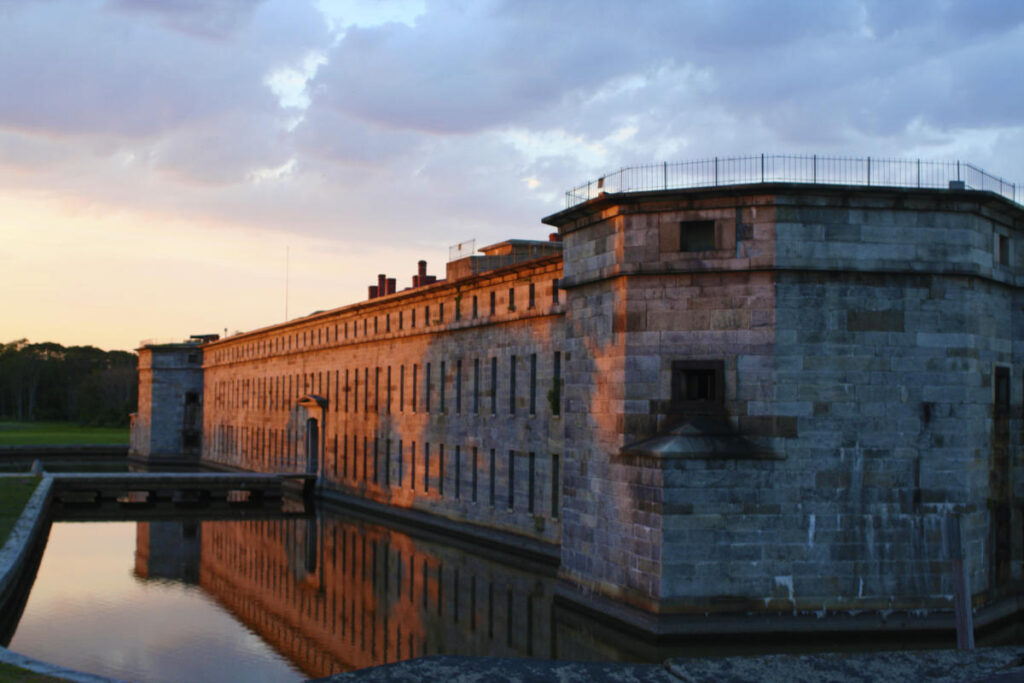
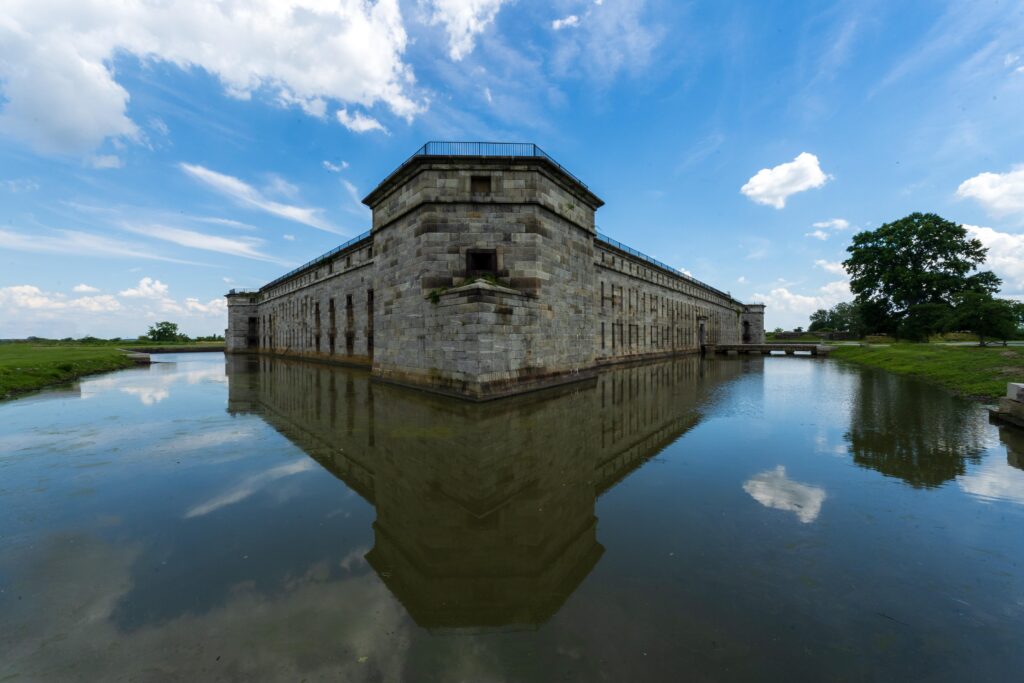
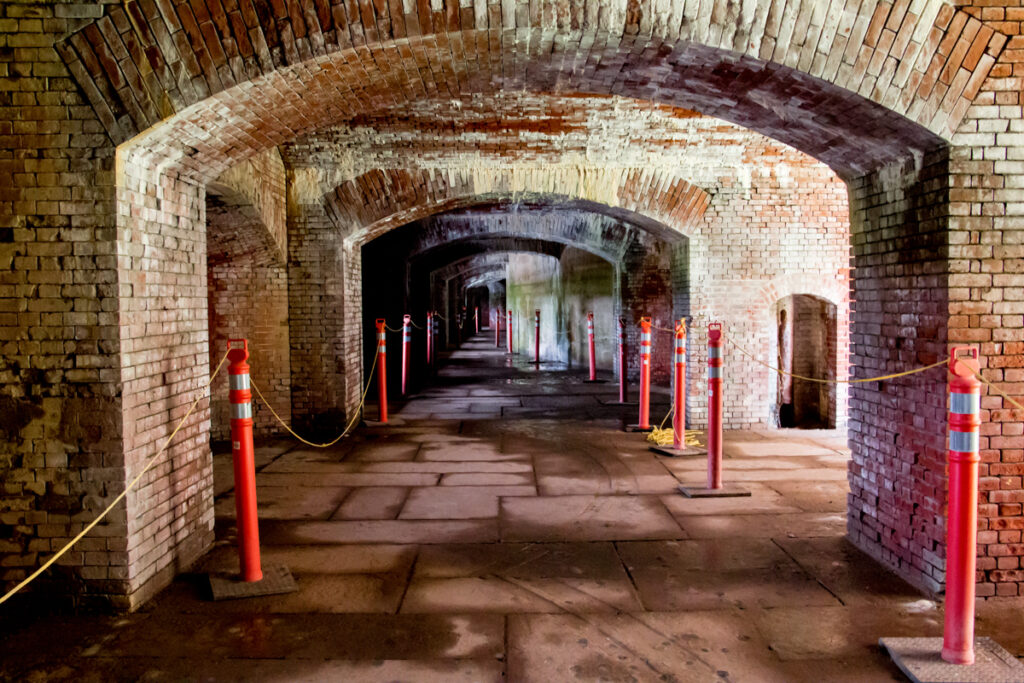
For booking info
Please visit their website: https://destateparks.com/wwwroot/downloads/brochures/Paranormal_Adventures.pdf

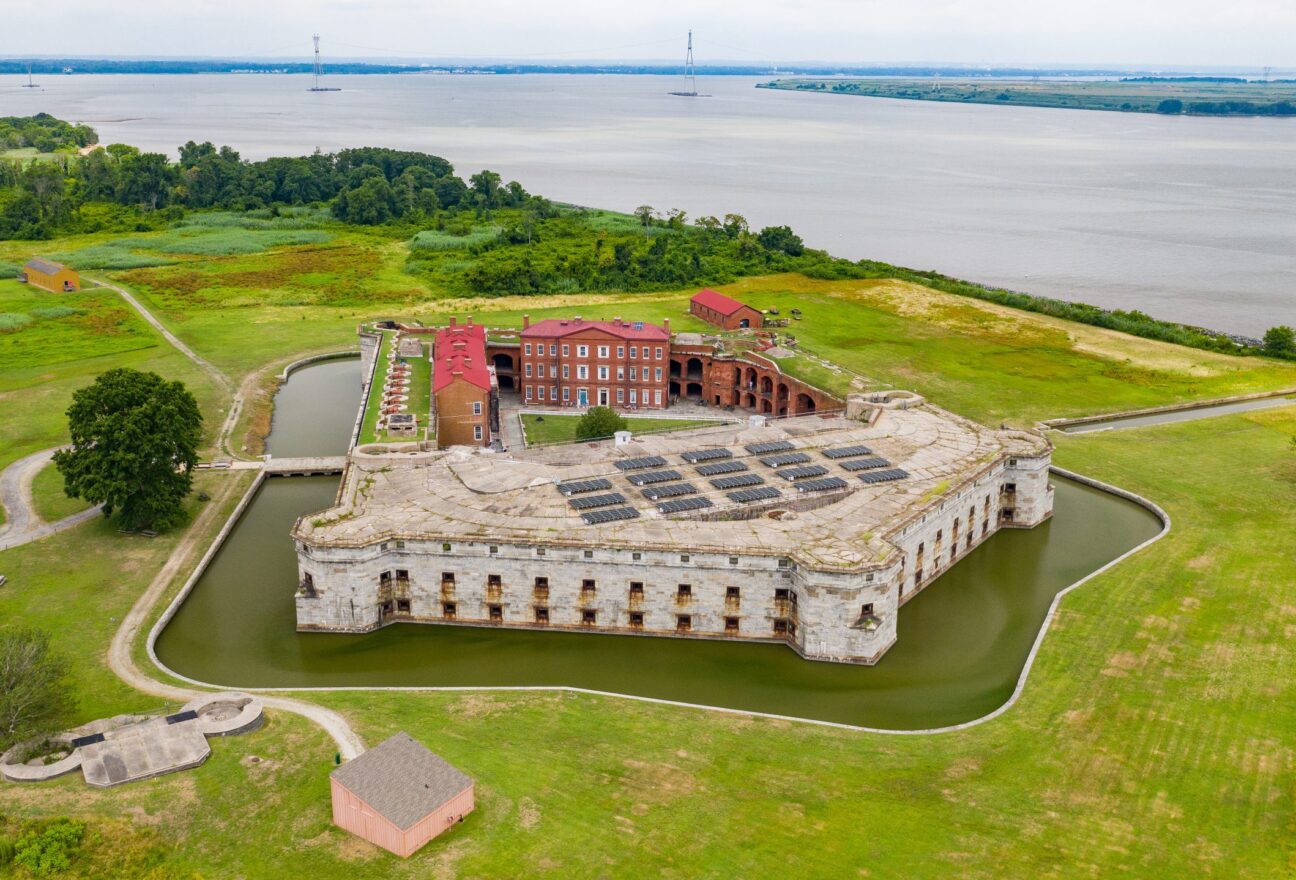




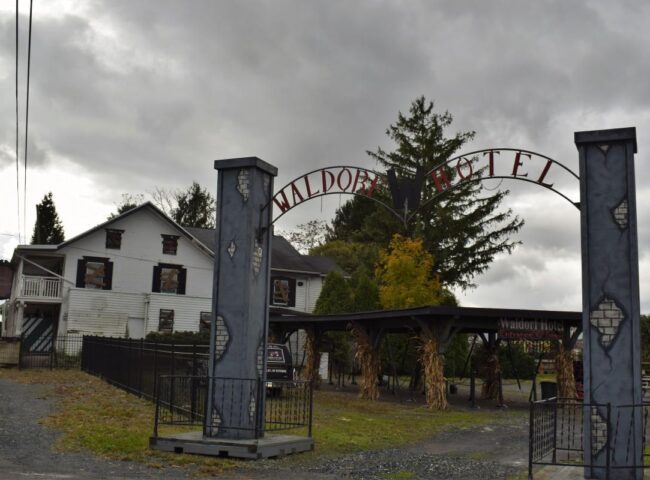
Leave feedback about this